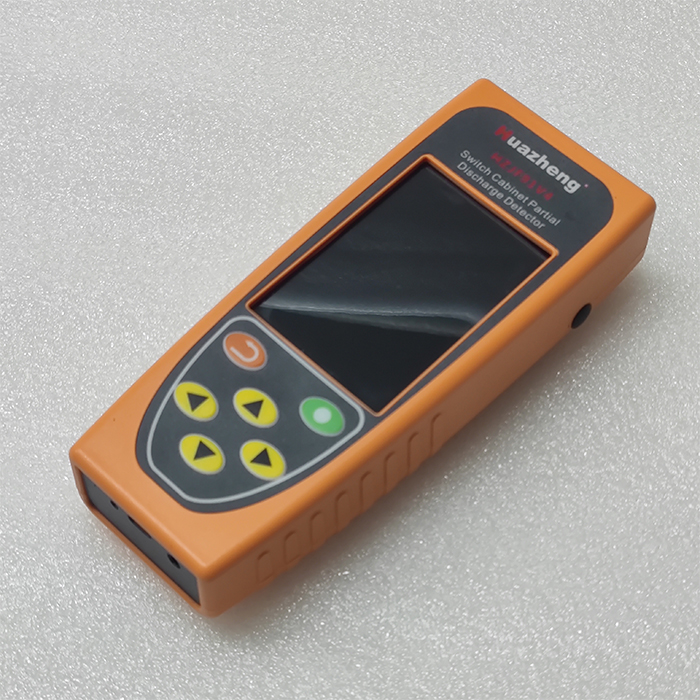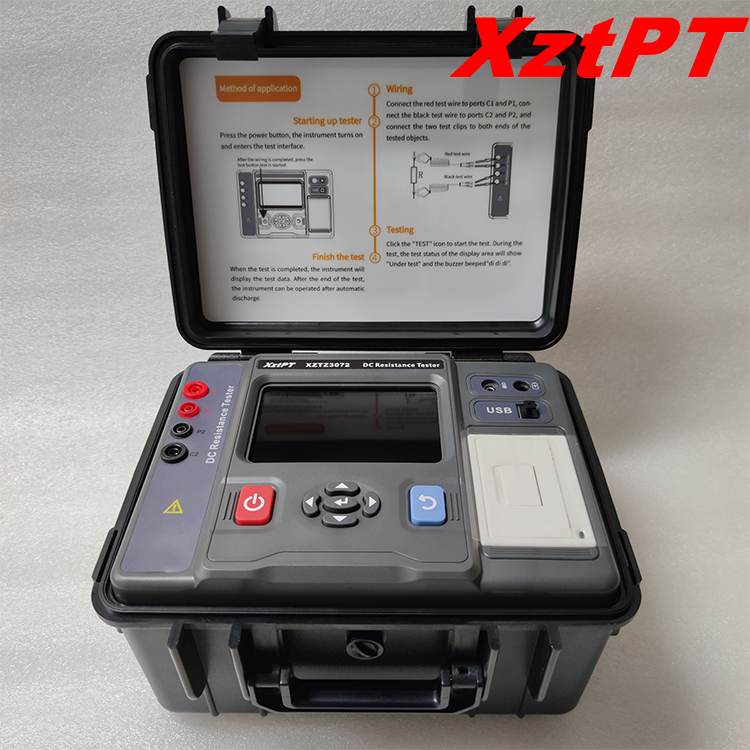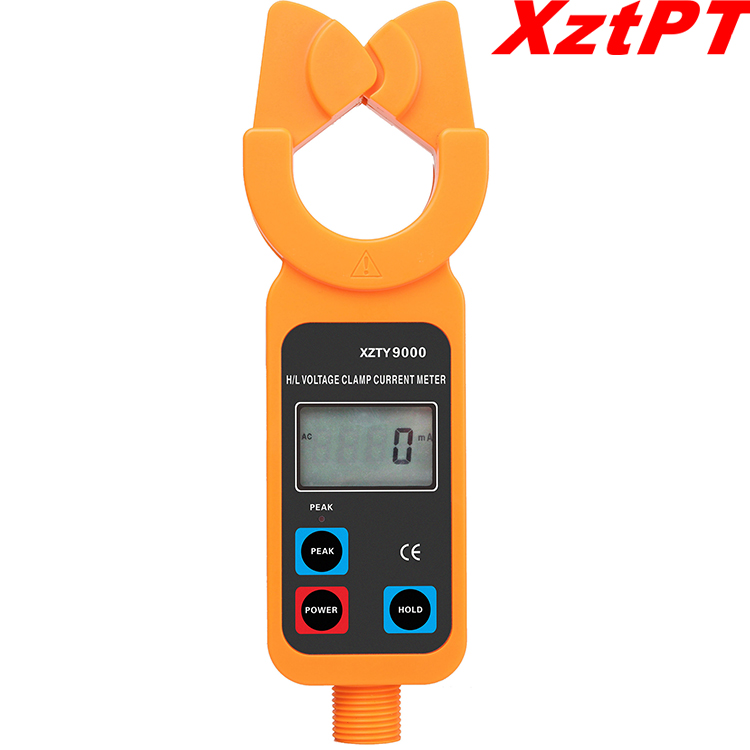English





1、 The essence and harm of partial dischargeEarly characterization of concealed insulation defectsPartial discharge occurs inside the insulation system (such as bubbles, impurities, cracks), and non penetrating discharge occurs when the electric field strength exceeds the local breakdown field stre
VIEW MORE
1、 Ultra high insulation strength and electric field controlStrict insulation level requirementsUltra high voltage transformers need to withstand extremely high power frequency, lightning, and operating overvoltage. Taking a 1000kV AC transformer as an example:Power frequency withstand voltage: 110
VIEW MORE
1、 Quality assurance and defect investigationIdentification of process and material defectsThrough routine tests such as DC resistance measurement and transformation ratio testing, problems such as winding breakage, inter turn short circuit, poor welding, and inconsistent wire specifications can be
VIEW MORE
1、 Insulation medium and structural designOil immersed test transformerInsulation medium: Mineral insulation oil (such as transformer oil) is used, which has both insulation and cooling functions, and dissipates heat through oil circulation.Structural features:The iron core is made of cold-rolled s
VIEW MORE